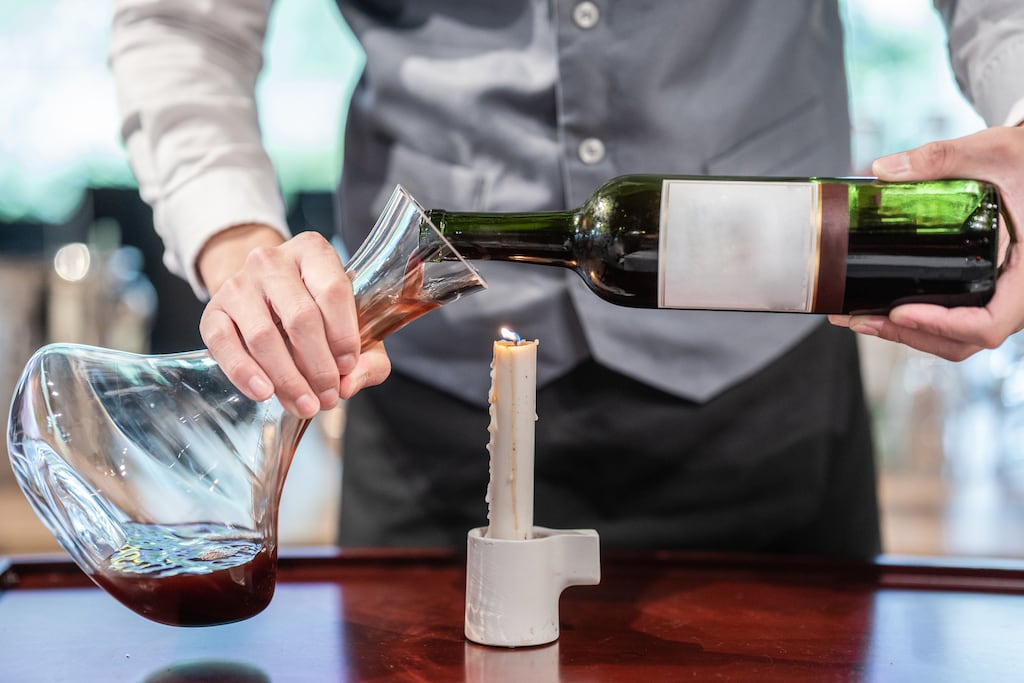The words Grand Cru and Premier Cru (sometimes written as 1er cru) appear on lots of (usually very expensive) French wine labels. But what do these terms actually mean?
As usual, it is a little complicated and depends on what region you are in. The word cru translates as growth and refers to a specific vineyard or site. Most European countries have a similar concept. You might think Premier Cru (first growth) means the very best, but in fact it is usually trumped by Grand Cru (great growth).
In Burgundy, there is a long-established quality pyramid. At the lowest end, there is simple Bourgogne Blanc or Rouge, white or red Burgundy that can come from anywhere in the region. Next up are villages, wines that come from the area surrounding a specific town or village. Within the villages, single vineyards may be recognised as producing better quality wine and these are allowed to call themselves Premier Cru. At the very top of the pile there are 33 Grands Crus in Burgundy, single vineyards that, over the centuries, have shown that they can produce the most exceptional wine of all.
So, a Burgundy label might include one of the following:
READ MORE
- Bourgogne Rouge: the entry level (but can be great value from a top producer).
- Gevrey-Chambertin: wine made from vineyards in and around the village of Gevrey-Chambertin.
- Gevery-Chambertin Premier Cru Clos Saint-Jacques: a superior wine made from the single vineyard of Clos Saint-Jacques
- Le Chambertin Grand Cru: a wine made from grapes grown in one of the very best single vineyards in Burgundy.
[ Could I grow my own grapes and make my own wine?Opens in new window ]
In Bordeaux, there are various systems in operation, depending on where you are. The best-known Grands Crus are in the Médoc, where the top 88 wines are ranked in order from Premier Grand Cru (first great growth) through to Cinquième Cru (fifth growth). The Premiers Crus include some well-known names such as Château Lafite-Rothschild. Other parts of Bordeaux, such as Saint-Émilion have different systems or none.
By contrast, in Champagne the two terms are attached to entire villages and determine the price growers can sell their grapes. There are 17 villages that can call their wines Grand Cru, although often the wines from different Grands and Premiers Crus are blended together. Other parts of France, such as Alsace and countries such as Germany, have their equivalent too.
Should we be bothered by all of this? Is it just another way wine people make wine impossible to understand? Other regions of France, such as the Rhône or the Loire, have no such system and it doesn’t stop wine-drinkers working out who makes the best wine. Yet, when it works, the categories can provide an accurate guide to the best wines of the area. Provided of course, that you have a good team making the wine. There are plenty of poor (and expensive) Premiers and Grands Crus.
















